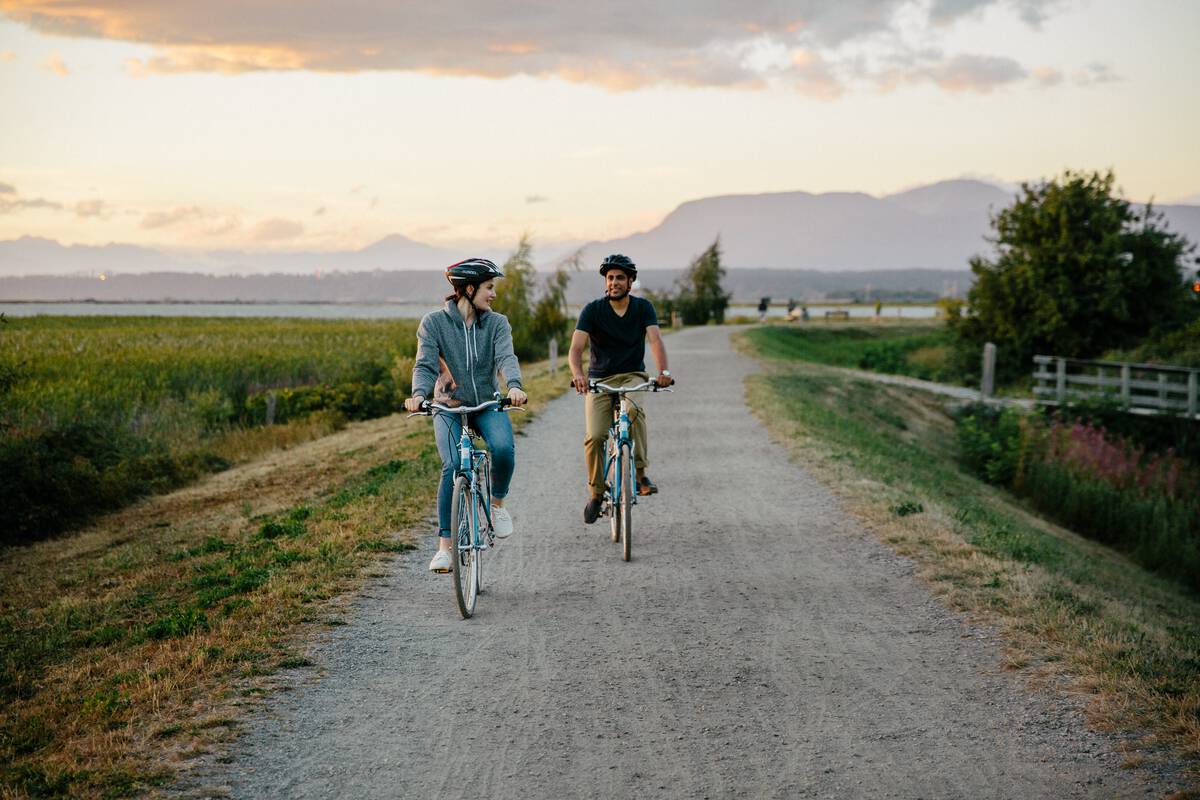From the Vancouver International Airport (YVR) on Sea Island, take the Canada Line to Richmond-Brighouse. Some hotels in Richmond also offer free shuttle bus services for guests. Travelling light? Stop at Templeton station and visit McArthurGlen Designer Outlet to find clothing and other necessities—or make the stop on your way home instead.
Arrive at your Richmond accommodation.
Richmond is deeply influenced by Asian culture and features some of the best Chinese food in the world. There are several unique food courts and restaurants clustered around Aberdeen station—stop for a delicious snack at Aberdeen Mall or Yaohan Centre, and check out The Dumpling Trail: A constellation of restaurants serving every kind of Asian dumpling. Visit a few, or try them all on this self-guided tour. For a splurge, book an organized food tour with Authentic Asian Eats. Or, join Globe and Mail food critic Alexandra Gill for the Richmond Chinese Dinner Party: Classic Cantonese to New Wave dining experience, which explores the evolution of Richmond’s vibrant Chinese culinary scene, offering guests the opportunity to taste up to 10 dishes, paired with dessert, wine, and beer. Need to walk off a big meal or stretch your legs after a long flight? Visit Richmond’s popular Middle Arm and West Dyke trails (located within a 5-km radius of downtown) for an easy stroll along the edge of the scenic Fraser River, a nature-lover’s paradise.
Stay overnight in Richmond.





